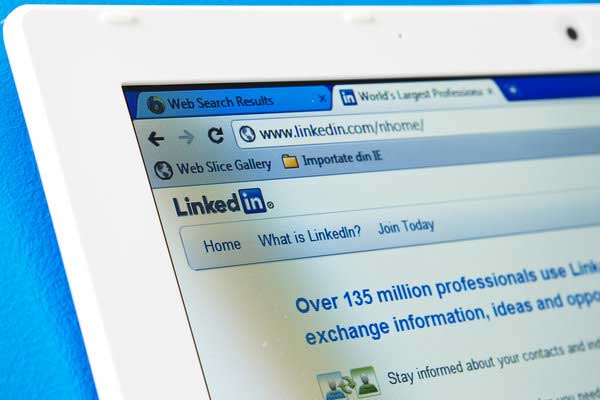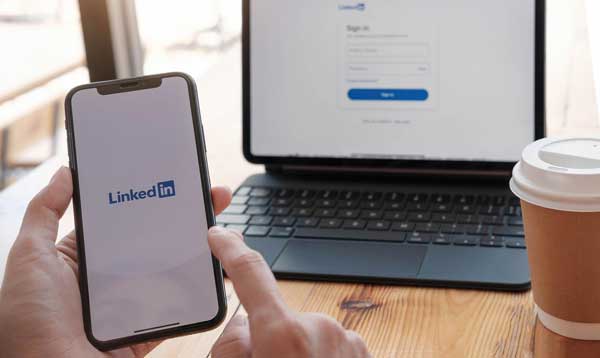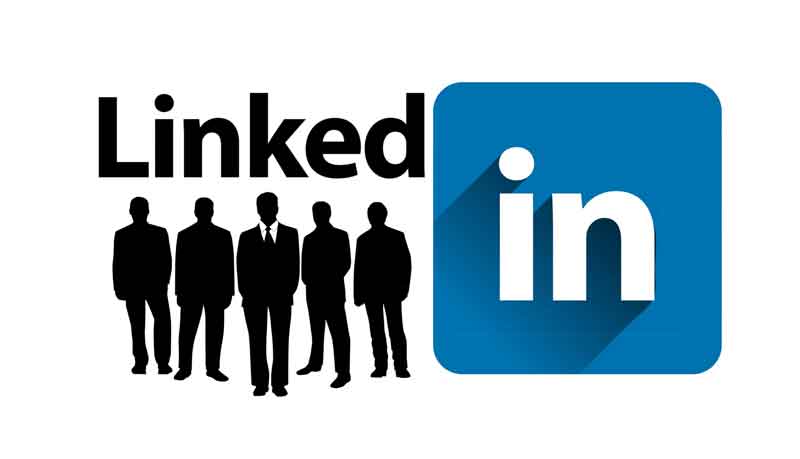LinkedIn is one of the most powerful social networks in the world. With over 950 million members across more than 200 countries and territories, LinkedIn boasts impressive user numbers. However, when evaluating the true power of a platform, we have to look beyond vanity metrics like monthly active users. The real indicators of LinkedIn’s dominance lie in its revenue, intent, focus, and user demographics.

While not without some downsides, LinkedIn wields incredible influence in the corporate world. Let’s explore what makes this professional networking site so uniquely powerful.
Huge Revenue Despite Modest User Numbers
Although LinkedIn has under 1 billion monthly active users compared to over 2 billion on WhatsApp and 2.7 billion on YouTube, LinkedIn absolutely crushes it when comparing revenue.
In 2022, WhatsApp only generated around $906 million in total revenue. That’s less than 50 cents per user for the entire year! LinkedIn, on the other hand, pulled in a whopping $14.59 billion in revenue during 2022. That’s over $15 in revenue per user annually, which is more than 30 times higher than WhatsApp on a per user basis.
YouTube also only generates about $11 per user per year. And most people spend countless hours per day watching YouTube. LinkedIn users typically just check in sporadically, yet LinkedIn monetizes users 30x better than WhatsApp and YouTube.
Microsoft Got a Steal with LinkedIn
Given their vastly superior revenue generation, it’s surprising that Microsoft only paid around 15% more to acquire LinkedIn vs what Facebook paid for WhatsApp.
Facebook spent $22 billion to buy WhatsApp, while Microsoft paid $26.2 billion for LinkedIn. Microsoft clearly got way more value per dollar with their LinkedIn acquisition.

Superior Demographics
Beyond the raw revenue numbers, LinkedIn also boasts a uniquely valuable user demographic. You only need to be 16 years old to create a LinkedIn account. However, LinkedIn’s user base skews much older than other social networks.
The majority of LinkedIn’s most active users are over 25 years old. Compare this to TikTok where 30% of users are under 20 years old. Even YouTube’s audience trends younger due to kids lying about their age.
But it’s not just the older demographic that makes LinkedIn’s users so desirable. LinkedIn’s power users also tend to be more professionally successful and career-driven.
While everyday workers like cashiers, teachers, and nurses do use LinkedIn, its most active members are those climbing the corporate ladder. This means LinkedIn grants access to the world’s most influential people in business.
Crystal Clear Intent
Unlike other social networks used for entertainment, learning, or killing time, people use LinkedIn for one very specific reason: career advancement.
LinkedIn’s intent is laser focused on jobs, professional connections, recruiting, and increasing earning potential. And given that jobs provide income for most people, there’s a tremendous amount of money flowing through LinkedIn’s ecosystem.
This clear intent also enables LinkedIn to implement lucrative monetization strategies. Their 3 main revenue sources all tie directly into advancing careers.
First, LinkedIn makes most of its money from Talent Solutions, charging companies to post jobs and contact potential recruits. They also run job seeker ads and premium subscriptions to unlock additional job search features.

Toxic Cringe Culture
With such focused intent around career advancement comes an inevitable cringe factor. Many users brag about their experience, exaggerate accomplishments, and use buzzwords to stand out.
The sterile conversations and disingenuous networking on LinkedIn can definitely induce some secondhand embarrassment. However, these cringey LinkedIn behaviors largely stem from people just trying their best to be successful in their careers.
So although tough to watch at times, the cringe doesn’t come from a place of vanity like on other social networks. It’s motivated by career aspirations rather than superficial desires like Instagram likes or YouTube subscribers.
Microsoft Joins Rather Than Fights
Recognizing the unstoppable force of people optimizing their careers online, Microsoft bought LinkedIn for $26.2 billion in 2016. At the time, LinkedIn generated around $3 billion annually. Today, LinkedIn pulls in over $15 billion per year under Microsoft’s ownership.
Rather than fighting this movement, Microsoft joined it and now profits enormously off the widespread desires for more pay, status, and job satisfaction.
Conclusion
With its lucrative demographics, laser focused intent, and massive revenue despite modest general popularity, LinkedIn stands in a league of its own when comparing social networks. It offers unparalleled access to the world’s business elite.
Microsoft made a brilliant investment by acquiring LinkedIn instead of competing against the inevitable trend towards online professional networking. And although cringe will always exist when people obsess over careers, LinkedIn remains the most powerful social network out there for the business world.
